Ok moss experts... (lots of pics)
gomanson
15 years ago
Related Stories

FARM YOUR YARDHow to Grow Vegetables in Containers
Get glorious vegetables and fruits on your patio with a pro’s guidance — including his personal recipe for potting mix
Full Story
SMALL HOMESAsk an Expert: What Is Your Ultimate Space-Saving Trick?
Houzz professionals share their secrets for getting more from any space, small or large
Full Story
COLORPaint-Picking Help and Secrets From a Color Expert
Advice for wall and trim colors, what to always do before committing and the one paint feature you should completely ignore
Full Story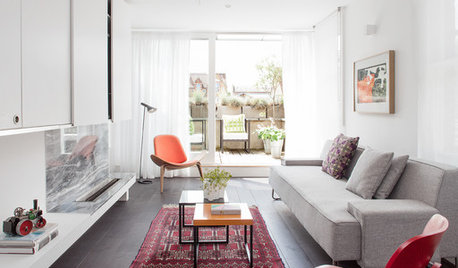
DECORATING GUIDESAsk an Expert: How to Decorate a Long, Narrow Room
Distract attention away from an awkward room shape and create a pleasing design using these pro tips
Full Story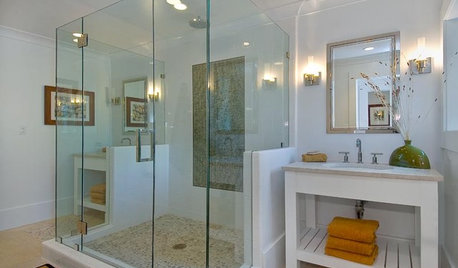
BATHROOM DESIGNExpert Talk: Frameless Showers Get Show of Support
Professional designers explain how frameless shower doors boosted the look or function of 12 bathrooms
Full Story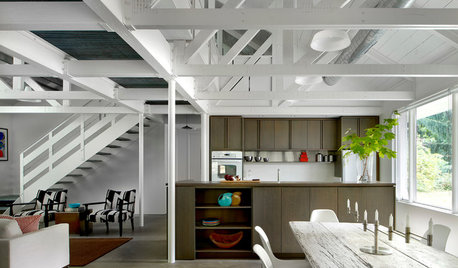
VACATION HOMESHouzz Tour: Moss-Covered Lakeside Cottage Now a Modern Marvel
A 1949 Michigan weekend cottage with a sunken roof gets a makeover that stays true to the house's humble roots
Full Story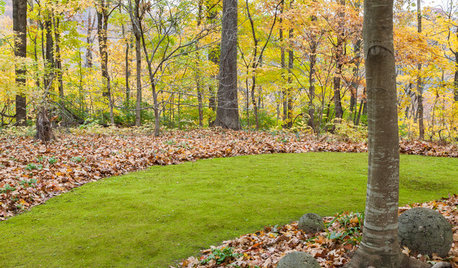
LANDSCAPE DESIGNMoss: Nature’s Carpet for the Garden
Learn how to grow and use this ancient and mysterious natural wonder for delightful texture in the landscape
Full Story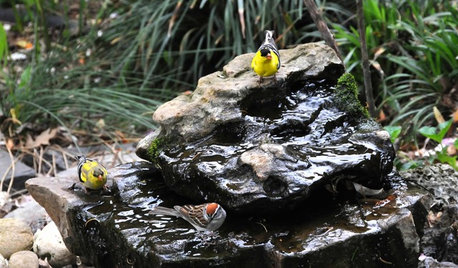
OUTDOOR PROJECTSBring In the Birds With a Homemade Bubble Rock
An avian expert from Southern Indiana shows how to make a burbling fountain that migrating birds will love
Full Story
GARDENING AND LANDSCAPINGHow to Make a Pond
You can make an outdoor fish paradise of your own, for less than you might think. But you'll need this expert design wisdom
Full Story
KITCHEN DESIGNKitchen Counters: Stunning, Easy-Care Engineered Quartz
There's a lot to like about this durable blend of quartz and resin for kitchen countertops, and the downsides are minimal
Full Story





terrestrial_man
gomansonOriginal Author
Related Professionals
Quincy Landscape Architects & Landscape Designers · Southfield Landscape Architects & Landscape Designers · Waunakee Landscape Architects & Landscape Designers · Berwyn Landscape Contractors · Beverly Hills Landscape Contractors · Ellicott City Landscape Contractors · Euclid Landscape Contractors · Fairfield Landscape Contractors · La Mirada Landscape Contractors · Lynn Landscape Contractors · Oakland Landscape Contractors · Quartz Hill Landscape Contractors · Hudson Roofing & Gutters · Mobile Decks, Patios & Outdoor Enclosures · Redlands Decks, Patios & Outdoor Enclosuresterrestrial_man
gomansonOriginal Author
terrestrial_man
treehaus
terrestrial_man